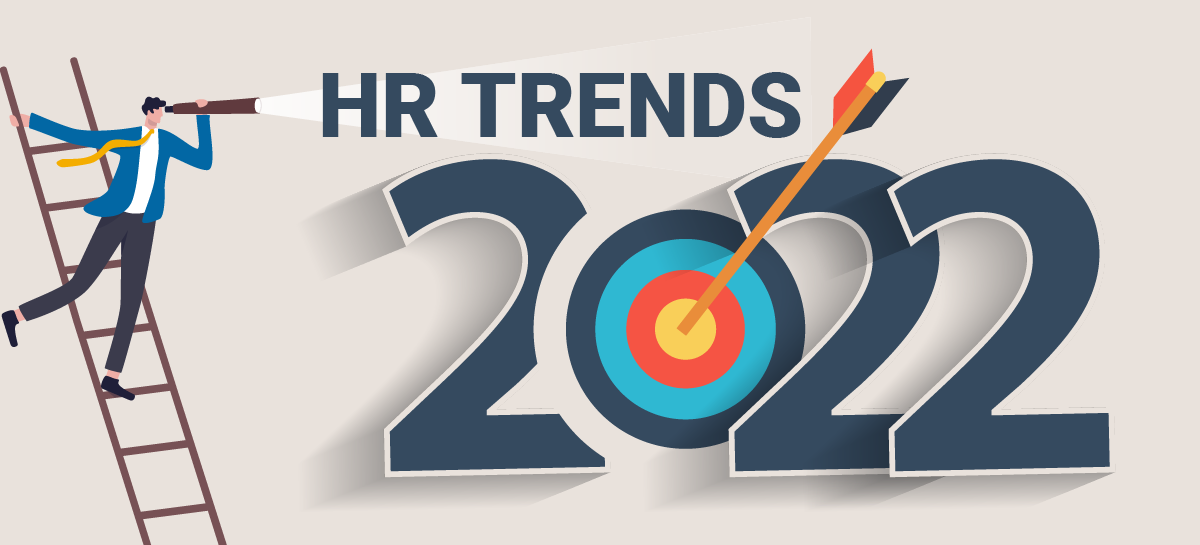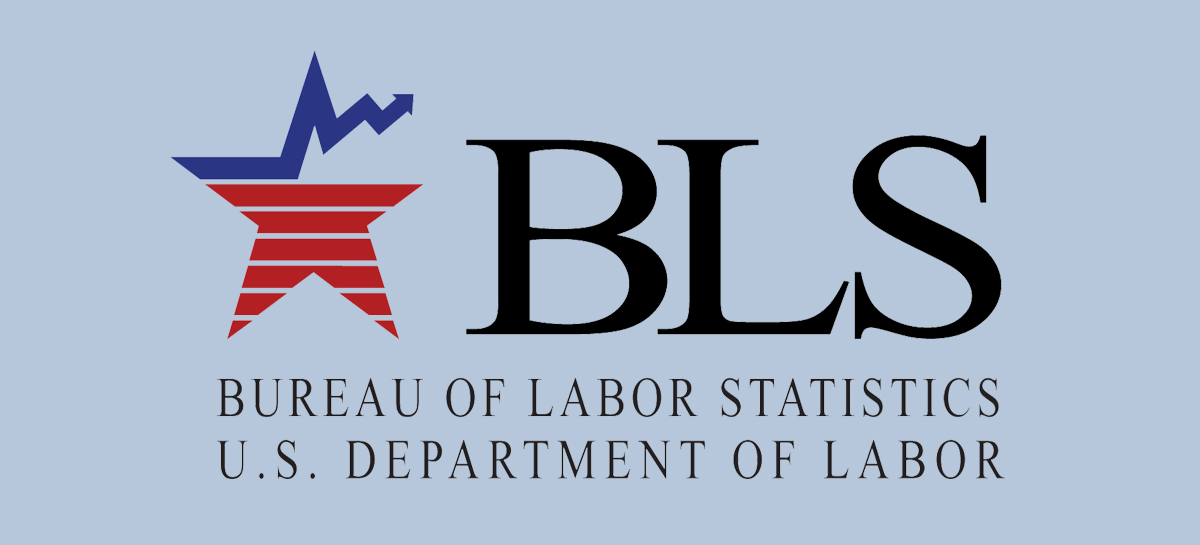In this video, Rob and Jason discuss microlearning. They cover what it is, how it works, various examples – like your company’s elevator pitch, how we can help, and more.
Questions? We’re here to help: hr@employco.com
In this video, Rob and Jason discuss microlearning. They cover what it is, how it works, various examples – like your company’s elevator pitch, how we can help, and more.
Questions? We’re here to help: hr@employco.com

Employment trends expert shares the trends that are impacting your workplace right now
This week over 1,200 New York Times staffers refused to return to the office. The employees say that they will not budge until the news corporation agrees to their demands. Meanwhile, railroad workers have also threatened to strike, with President Biden quickly making a tentative deal to ensure American railways stay operational.
“We are witnessing the beginning of a hugely impactful trend: Strikes and walkouts are going to be much more commonplace in the coming years, and employers need to know how to manage these situations,” says Rob Wilson, President of Employco USA and employment trends expert. “From railroad companies to the New York Times to Harper Collins to the Weyerhaeuser timber company, employees in all different industries are utilizing strikes to demand more benefits, more time off, and even the right to work from home if they choose.”
In this video, Rob and Jason discuss trending employee benefits that employers should consider. They cover telemedicine, student loan repayment assistance, flexible work arrangements, competitive compensation, and more.
Questions? We’re here to help: hr@employco.com

Addressing current and future skills gaps is a top workplace challenge for employers today. In addition, learning and development are key priorities for workers in today’s competitive labor market who may seek out a new employer if their current one does not offer the career development opportunities they desire.
While employers can approach these challenges in various ways, many are leveraging microlearning, which provides an affordable, feasible and time-friendly opportunity to build employee skills.

Over the course of the COVID-19 pandemic, HR professionals have faced many challenges, including the health impacts of COVID-19 on workers and ongoing attraction and retention challenges.
Here are some trends to monitor for the remainder of 2022.
High Inflation Rates – According to the Bureau of Labor Statistics’ June consumer price index, inflation in the United States has increased to 9.1% in the past 12 months. This is its largest increase since 1981. As a result, workers desire competitive compensation during this time. In turn, employers are exploring strategies such as reevaluating employee benefits, continuing remote work, increasing compensation and offering improved retirement benefits.

Long COVID-19—long-term effects stemming from COVID-19 infection—continues to impact the labor market and the health of employees. The U.S. Census Bureau’s June to July 2022 Household Pulse Survey found that 16.3 million working-age Americans currently have long COVID. It has been reported that long COVID is even keeping some workers out of employment; an estimated 4 million workers are out of the labor market, according to Brookings Institution’s nonresident senior fellow Katie Bach. With so many out of work, employers should continue to monitor trends such as long COVID rates, the effect long COVID is having on their workforce’s productivity and other related issues so they can be prepared to respond effectively.

The U.S. Bureau of Labor Statistics (BLS) recently released its July Job Openings and Labor Turnover Summary. The month’s reported number of job openings rose to 11.2 million in July, compared with 11 million in June. Openings in July were well above the estimate and still outnumbered unemployed workers by about 5.5 million. Job openings notably increased across many sectors, including the following:

To achieve strategic goals, your company needs to recruit, hire, develop, and retain top talent. Having a strong HR strategy that works in partnership with your business strategy supports those activities, helping strengthen your business while maximizing your talent and resources. You need an HR team that understands how the two strategies work together. Employco can help ensure that your HR strategy is supported by policies, tools, and objectives aligned with your overall strategic goals to drive success. Here are some ways HR strategy helps support your business strategy and strengthen your business.
In this video, Rob and Jason discuss an update on COVID guidance from the CDC. They cover social distancing, quarantine requirements, masking, testing, and more.
Questions? We’re here to help: hr@employco.com